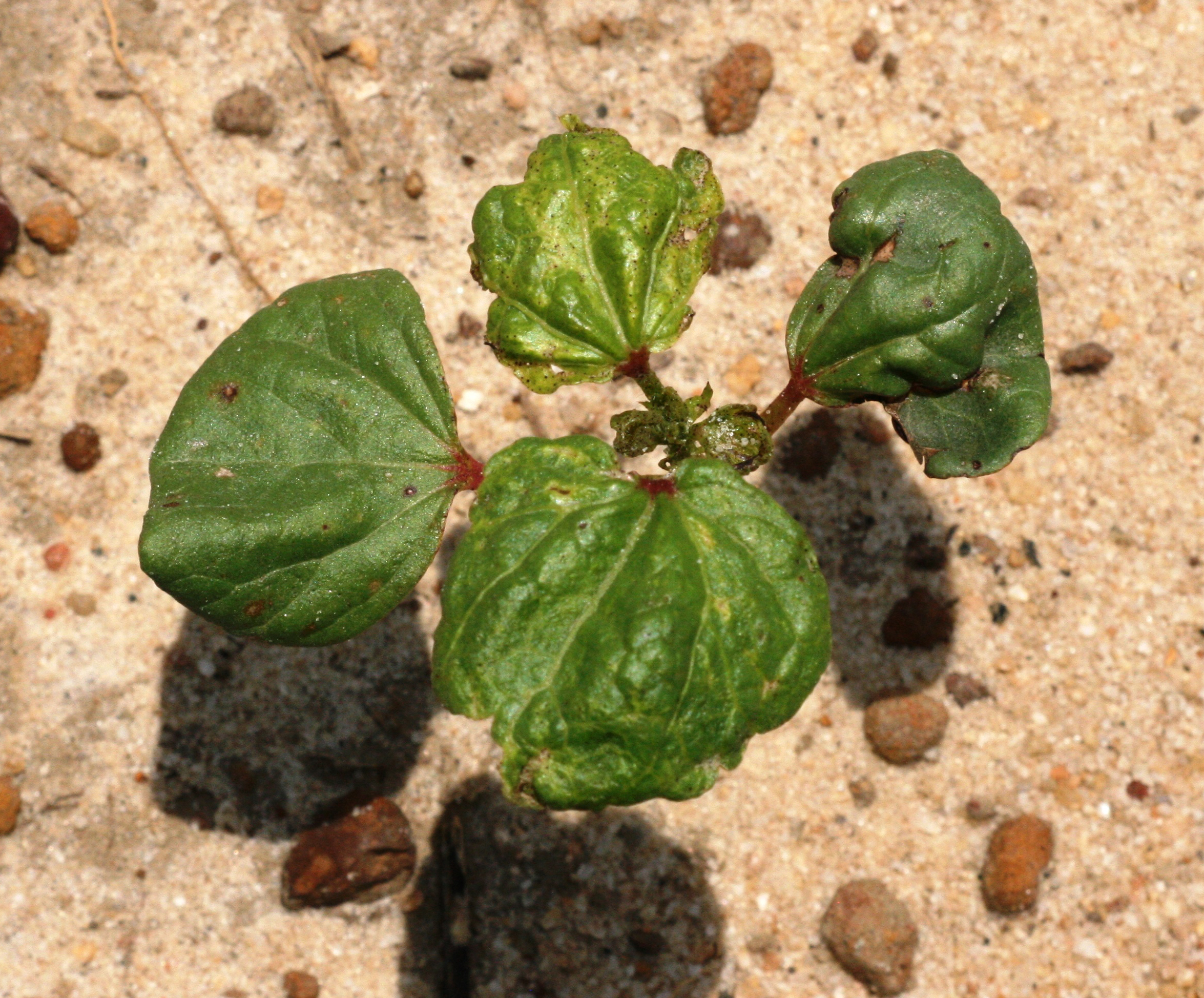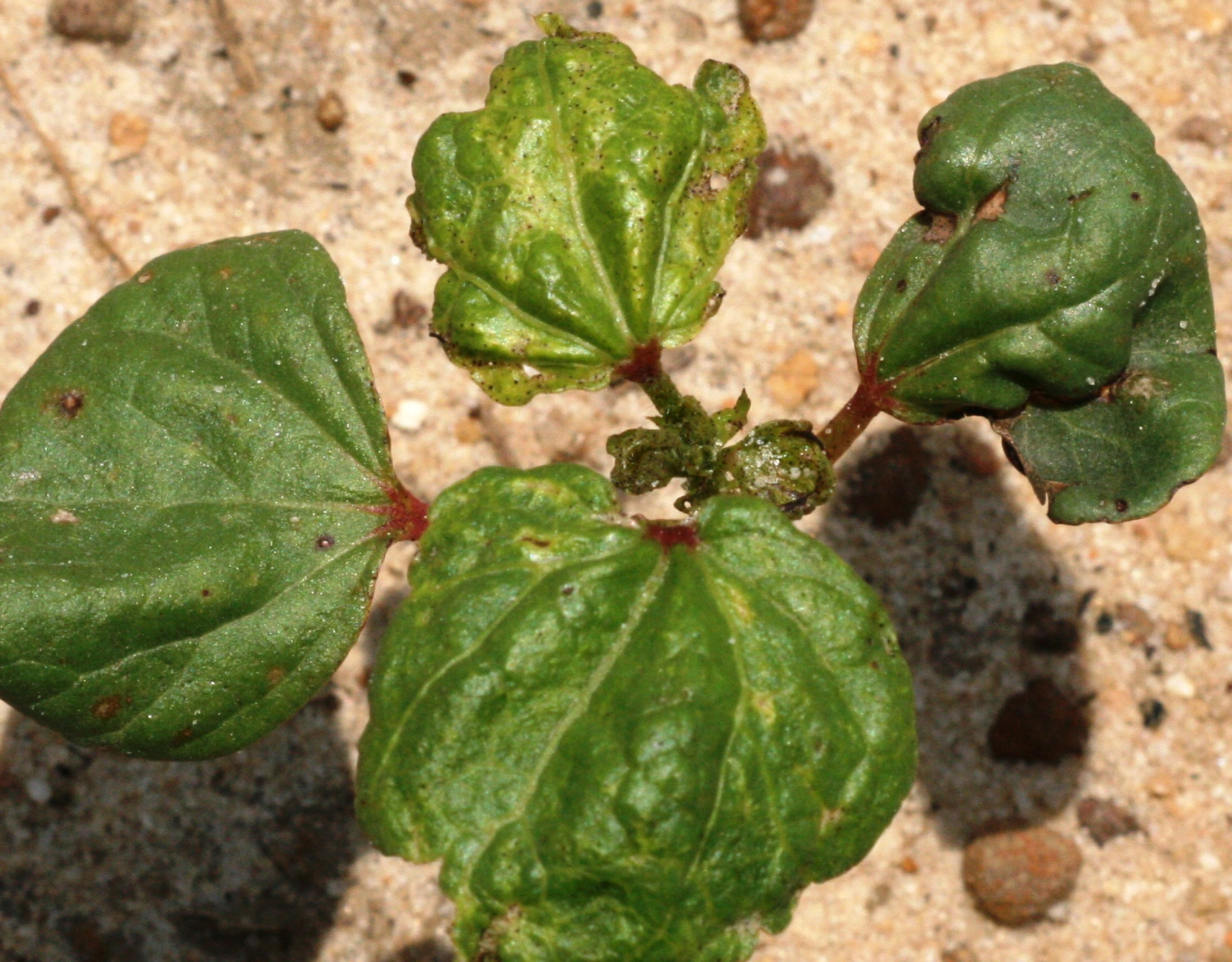In an effort to combat the threat of thrips infestations in cotton, University of Georgia Cooperative Extension cotton entomologist Phillip Roberts encourages Georgia growers to be proactive with insecticide application in planting this spring.
Doing so will provide vital protection to cotton plants during the first two weeks of growth, the most critical stage for thrips protection and seedling development. “It is extremely important that an at-plant insecticide is used. In many years of field research, we have observed a very consistent yield response when this strategy is used,” Roberts said.
Failure to apply an insecticide treatment at planting leaves cotton plants vulnerable to increased thrips pressure, which could impact growth. A lack of action during planting also forces farmers to apply multiple foliar sprays later. And, those treatments are required at precise times throughout the growing season, which could be altered if weather constraints occur, Roberts said.
“Early stages of seedling development are more sensitive to yield loss compared with later growth stages. Once seedlings reach the four-leaf stage and are growing rapidly, economic damage rarely occurs,” Roberts said. “For every true leaf a plant has, it becomes more tolerant to feeding.”
Failure to effectively manage thrips leaves producers vulnerable to major yield loss. Thrips feed in the terminal bud of the plant and cause the leaves to be ragged and distorted. The results include a stunting of the plants, delays in maturity and even plant death.
Although at-plant insecticides provide protection against thrips, complete control is not guaranteed, Roberts said. Additional treatments could be required based on the growth of the plant and the number of thrips.
“We have a threshold for when a supplemental spray is needed: two to three thrips per plant and presence of immatures (insects). When the threshold is met, it is likely that failure to apply a foliar insecticide will result in lost yield potential,” he said.
Roberts is adamant that scouting be done to fully understand the thrips problems present in farmers’ respective fields. “It is extremely important to scout fields where seedlings are not developing rapidly. Thrips can punish stressed cotton in terms of yield potential. A rapidly growing seedling is much more tolerant to thrips feeding,” he said.
Later-planted cotton also influences thrips pressure. Over years of research, Roberts has observed that cotton planted prior to May 10 generally has higher thrips infestations compared to plantings after May 10. The number is not constant every year though, and may move forward or backward several days, according to Roberts.
Though UGA entomologists do not recommend the use of cover crops to reduce thrips populations, Roberts believes this can also an effective strategy. “Thrips can be reduced by as much as 50 percent in reduced tillage systems. The greater the cover on the soil surface, the greater the reduction,” Roberts said. “What is important is that growers understand how cultural practices such as planting date and tillage practice influence thrips populations. It is very easy to use these two factors to define potential risk from thrips.”
For more information about the cotton crop in Georgia, see ugacotton.com.








